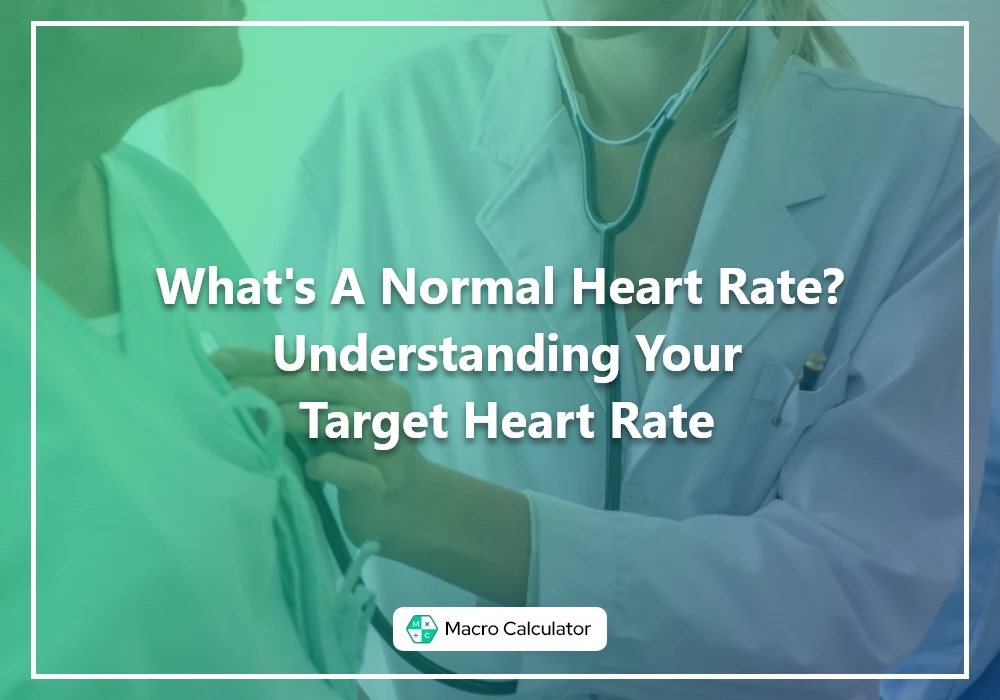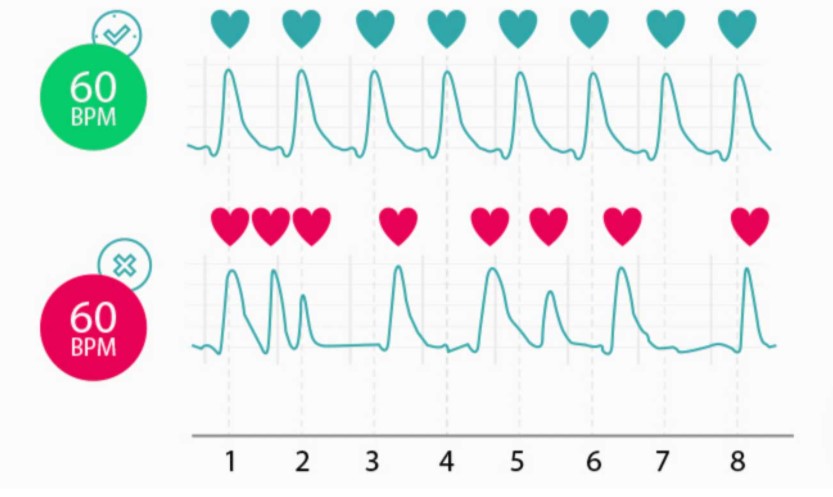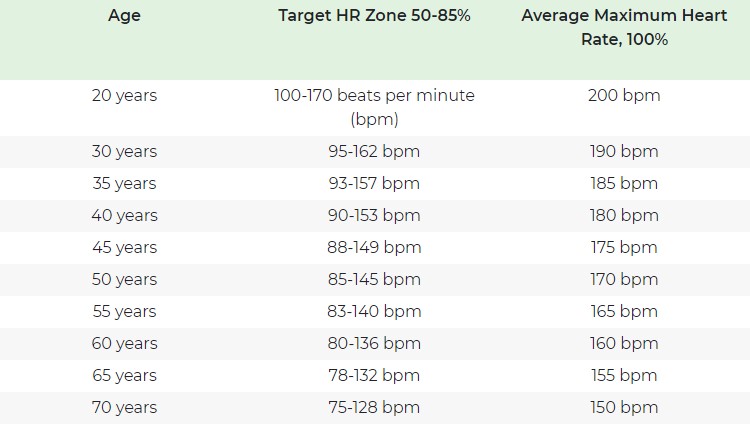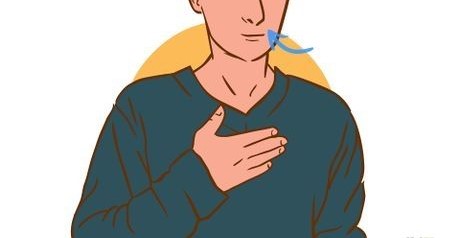 July 02, 2021
July 02, 2021
The heart rate is one of the' essential indications' or significant measurements of human body wellness. The number of times the heart contracts or beats per minute is measured in a heart rate or as pulses.
Due to physical exercise, security threats, and mental reactions the heartbeat rate differs. The heart rate that is measured in a relaxed state relates to the normal rate of the heart.
Although a normal heart rate cannot guarantee that a person is secure against health issues, it is a helpful test for identifying a range of cardiac issues only.
The heart rate is the number of times in a minute the heart beats. In the middle of the chest, the heart lies in a strong covering. When the heart works, it pumps blood around the body that contains oxygen and nutrients and returns waste products.
A good heart gives the body the right amount of blood at the correct rate no matter what the body is doing at that moment.

For instance, if you are fearful or startled, adrenaline, a hormone, releases automatically to speed up the heart rate. The body can use more oxygen and energy to prevent or cope with potential dangers.
The pulse is often mistaken for the heartbeat; instead, it relates to how often the arteries are expanded and contracted in response to the heart's pumping activity.
The pulse rate is equal in number to the heartbeat, but both of these are two different things. As the cardiac contractions trigger the blood pressure rises in the arteries leading to a significant pulse, therefore, taking the pulse is a direct indicator of the heart rate.
While some other individuals often got confused with elevated blood pressure and elevated heart rate. Blood pressure measures the blood force against artery walls, while a pulse rate is the number of beats per minute in the heart.
There is no straight line link between them, and hypertension or high blood pressure does not necessarily result in an elevated pulse rate, and vice versa. During hard activities, the heart rate increases, but energetic training can modestly boost blood pressure.
Your normal or resting heart rate is the lowest blood pump that you need when you are not doing any physical activity. When you sit or lie down and are calm, restful, and relaxed, your heart rate usually ranges from sixty (beats per minute) to 100 (beats per minute), which is a normal heart rate.

However, a heart rate below 60 does not necessarily indicate a medical condition. It may be because a medication like a beta-blocker is being taken. A reduced heart rate is also prevalent in individuals who are actively engaged or have a ton of athletic activity.
Active individuals often have a reduced heart rate of rest (as small as 40), as their heart pumping is easier and need not operate so hard to keep beating steadily. The normal heart rate is not generally much altered by the small or mild quantity of physical activity.
The easiest places to discover your pulse are the
Put your finger across your pulse and count songs in 60 seconds to know your normal heart rate.
Usually, your pulse remains the same, as you sit or stand. Sometimes when your pulse gets higher for the first 15 to 20 seconds, but it should settle after a few minutes.
Your feelings can increase your impulses if you're strained, worried, or "extraordinarily happy or sad."
Usually, the body thickness does not alter the pulse. You may see a greater pulse than ordinary if you are extremely obese but generally only 100.
Usually, your body will pump a little more blood to increase your pulse rate when temperatures and moisture increase, but usually only a few to ten beats a minute.
Medicines that block your adrenaline (beta-blockers) tend to slow down your pulse, while it will be increased by too much thyroid medication or too much of other medicines dosage.
While no clear medical recommendation is available on a relaxing heart rate, an elevated heart rate in the consistently can bring too much stress on the heart and other organs, most medical specialists agree. If an individual has a high heart rate and has other signs, physicians may check the function of the person's heart.
Knowing your heart rate during workouts can assist you to understand whether or not you do too much. When you practice in your “target heart zone”, you benefit best and enhance the health of your heart. When your cardiac rate is in the target zone you know that you are pushing the muscle to strengthen them.
The target area of a person's heart rate is between 50% and 85% of the highest heart rate. The max heart rate is most frequently determined by reducing your age by 220.
You can calculate the heart rate manually during your workout or use a heart rate calculator. But you can’t say that practicing without bringing the heart level up to the target zone has no advantage.
Pulses or heart rate can be increased because of nervousness, pressure, and exertion. Usually, sitting down and breathing slowly can reduce your heart rate. Doing exercise and maintaining fitness generally reduces the heart rate.

Cooling your body temperature after workouts is essential. As your heart beats quicker, your heart rate is greater and your blood vessels dilated. If it stops too quickly it may affect your heart.
It is advisable to stretch and walk after any vigorous exercise. Stretching helps decrease lactic acid accumulation, avoiding cramps and rigid joints. Follow the following tips: